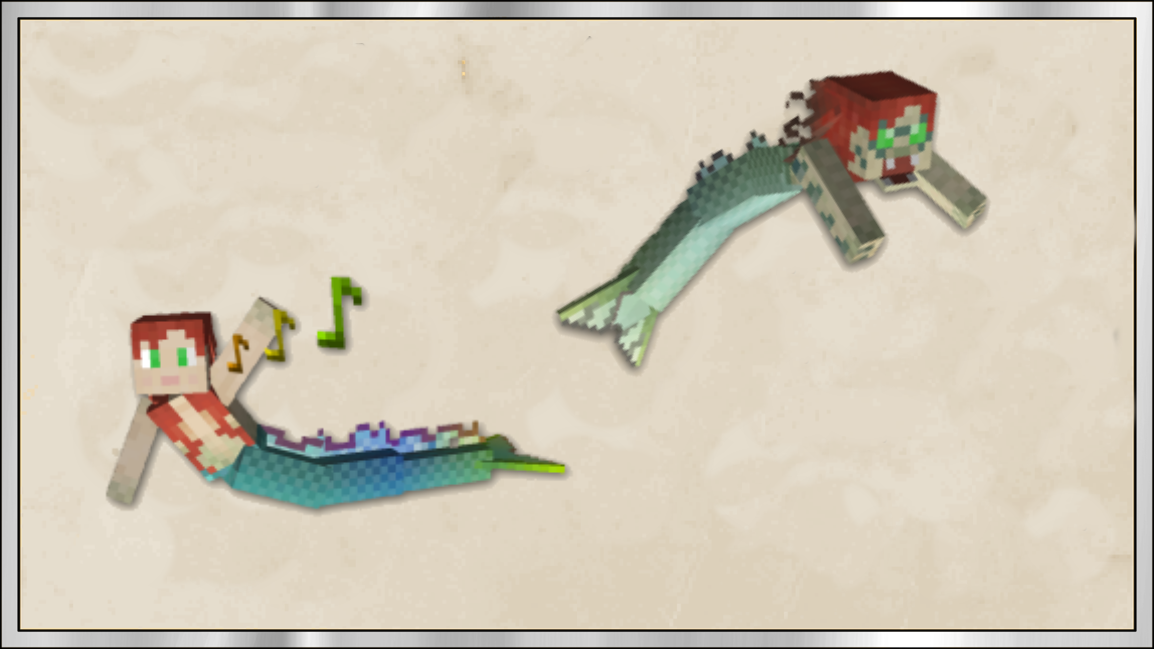

The second set of arguments have to do with dating the pievi (rural church buildings) themselves. At a minimum, he demonstrates that a skilled and productive medieval stonemasonry preceded the arrival of the conventionally ecclesiastical forms and doctrines of Christianity in the Tuscan countryside. Still, there is no question that the spread-legged sirens and their companion icons are provocative, and some of Bernardini’s theories about them are probably close to the mark. This posture (known sometimes as orans) is simply a widespread attitude of prayer, used much by Jews and pagans in antiquity, and adopted by early Christians as well. He makes too much out of repeated representations of standing figures with raised hands. He claims that the iconography reflects Etruscan pagan religion of a Dionysian stripe, to which he adds some vague form of Gnosticism (qualified as a rural, non-anticosmic sort). The serpents and sirens of the book’s title are joined by dragons, ithyphallic figures, spirals, and men with pointed ears, while the original church stone carvings show none of the more expected saints, angels, or typical icons of later Christian designs.īernardini’s explanations draw on a mass of speculative notions about prehistoric matriarchy, where his credulity serves to undermine as much as to support the more immediate influences which he then adduces.

These are certainly “enigmatic,” as compared to the typical run of ecclesiastical ornament.

The less persuasive (and more extensive) concerns the meanings of the ornamental symbolism in the churches under study. In the course of this study of Tuscan rural church architecture, author Silvio Bernardini offers two sets of argumentation, one far more persuasive than the other. Yet the fact that it is based on close observation of the pievi is perhaps a point in its favour. This book on the Romanesque pievi differs from the many other studies of the subject. Hermetic Library fellow T Polyphilus reviews The Serpent and the Siren: Sacred and Enigmatic Images in Tuscan Rural Churches by Silvio Bernardini:


 0 kommentar(er)
0 kommentar(er)
